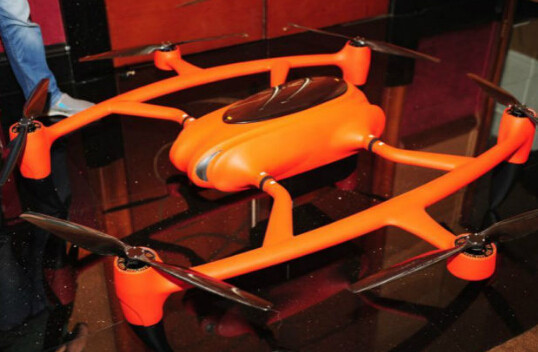Which battery can support UAV flight time for four-hour?
Jul 9th 2016
MMC released a new drone, which surprises people for its 4-hour for UAV flight time. In the end of last month, Intelligent Energy, a British company, announced that they had developed a method enabling drones to fly two hours. Now, the lipo battery has been developed to the upper limit. Since most of the consuming-level drones have the flight time no more than half an hour, what makes the drones have ultra-long flight time?
The answer is simple-change the battery!
Both the MMC and the Intelligent Energy take a new type of battery-hydrogen fuel cell-as the core "weapon" in developing the ultra-long flight time.


